feature image contributed by the Gerber/Hart Library & Archives
When Lindsay Eanet initially pitched ‘Learning From Queer Libraries and Archives in a Time of Erasure,’ which we published today, I knew it would be an amazing deep dive. Lindsay is particularly skilled when it comes to research, interviews, and digging through meaningful archival material (as evidenced by her feature on FaT GiRL Zine that we published last year) and I was really excited to hear from queer archivists and library workers about their work, especially in this time of attempted queer erasure that we are living through.
Lindsay filed her original piece and then followed up with this note: “I also had an idea about a sidebar of sorts for the article — I have a lot more of people talking about archival items that have meant a lot to them and they’re really sweet. Thoughts?” My thoughts? HELL YES, I WANT THAT. So here you have it — if you were flipping through a magazine, the following would be a really juicy and lovely sidebar. Enjoy! — Vanessa, Community Editor
Erin Bell, Gerber/Hart Library & Archives:
“One of the collections I keep talking about was an artist named John Hagenhofer. He was a gay man whose collection begins with a series of photographs from the 1930s Chicago Century of Progress. And just the thing that I really love about his pictures, he also has several works of art from the WPA projects, he would take these small photographs and write captions underneath some of them, so his personality was coming through, and there’s just not much about him other than a letter from his niece that was included in the donation.”
Robin Gow, Bradbury-Sullivan LGBT Community Center:
“Another thing I love is Lehigh-ho, another gay organization in the Valley. Their newsletters would always have a gay joke, and it was so fun. It was an older organization, and seeing the jokes they made up… we’ve always struggled but we’ve also always had culture and community, I think that those just mean a lot to me, also that we’ve always been funny.”
Krü Maekdo, Black Lesbian Archives:
“The Aché Project was just, it was just different. I’ve talked to many collectives and women in different organizations, but the future forward thinking that this collective had of not only just meeting together in certain spots but also having these publications to connect women with each other, and women going from Oakland, California to Berlin and women coming from Berlin to Oakland and having this camaraderie and these communities that formed, writing letters to each other and things like that. Especially at that time, that was so next-level to me. We can have these phones to connect with each other. We can instantly send a DM to each other; that was a lot of work… writing these postcards and these letters and organizing for people to come from the whole other side of the world. Some of these women have never been in the US in their entire lives, and some of the women have never been to Berlin in their entire lives. That was an inspiration to me because it allowed people to not only connect through their idea of thought and their poetry and their artwork and things like that, but being able to use the written word and written text to solidify concrete archival material with each other.”
Whit Sadusky, Gerber/Hart Library & Archives:
“I always stop and highlight this one larger piece from our special collection, the Carol’s Speakeasy Tongue. It’s this large piece of art that hung in Carol’s Speakeasy, which was a bar and drag show venue and this wonderful queer space in the ‘70s and ‘80s. When we got the piece, it was so heavily caked in cigarette smoke and ash that we had to clean it with a toothbrush. But whenever I walk past, and I have thought about it a lot since I worked on the last exhibit, which is about queers etching out their own space, and working against the police and also working with each other, thinking about Carol’s Speakeasy and the friends that I have now who are trans and work in the drag community, I think of all the work that’s been done throughout the generations, specifically by trans women, to make these spaces that queers end up inhabiting safe and happy and joyful and full of art and interest. That’s what I think of now when I look at that tongue and it brings me a lot of joy. Many of the things you see regarding trans people not in our own little trans bubble is just so terrible, and so knowing that that was a space that was here in Chicago and that piece is in a collection in a space that I get to inhabit every day is special.”
Paola Sierra, Stonewall National Museum & Archives:
“I actually found something this summer where I had an internal ‘yay’ moment, and that was a pamphlet from an organization called Las Salamandras de Ambiente, and it was a local support group in Miami formed to support Lesbian Latina communities. It was started in 1991 by six women, and the meetings covered all sorts of things, lesbian music, coming out, women and oppression and this is all listed on the pamphlet. It was all in Spanish, so la espiritualidad, spirituality, como conquistar una mujer, how to conquest a woman, they talk about all sorts of things, internal homophobia, letting go. I think what resonated the most with me is I think we need organizations like this even if they’re niche. When we bring those together, it helps us form a community. It would have been a lot easier for me to be a part of a community like that, coming out and seeing other women like me and having support from community, from people, especially having them locally.”
Ben Smith, Stonewall National Museum & Archives:
“A public affairs pamphlet that was put out by the Public Affairs Committee of the United States Department of the Interior in 1978 titled ‘Changing Views of Homosexuality.’ It’s only about 30 pages, it’s not a very big booklet, but it was published in 1978 with the US government as the publisher essentially and it very much is in favor of homosexuality and talks about the misconceptions and even has the phrase ‘born this way.’ And this was something that was printed in 1978! And so to just see this and feel understood by someone in 1978, really provides this sense of comfort, like, okay, there is hope.”
Maxine Wolfe, Lesbian Herstory Archives:
“I think any time that material comes in, it’s touching, especially the special collections, because someone has decided to give us something of their life. It always moves me when people do that. And I’ve had lots of wonderful stories. Once I had a woman who showed up and she said that she only had a certain amount of time, but she wanted to make sure that the story of her life was taken care of, that somebody would know about it. And she had a little cart and she put it into these boxes. She came from Rhode Island that morning and said she had to catch a bus to get back. Then she said to me, ‘As long as I know my life is safe,’ and she left. I started looking through the papers, and she was a nun. She had been assigned to a convent in Germany and there were these photos of all these other nuns, and she wanted it to be in a closed section for 25 years… this was more than 25 years ago.”



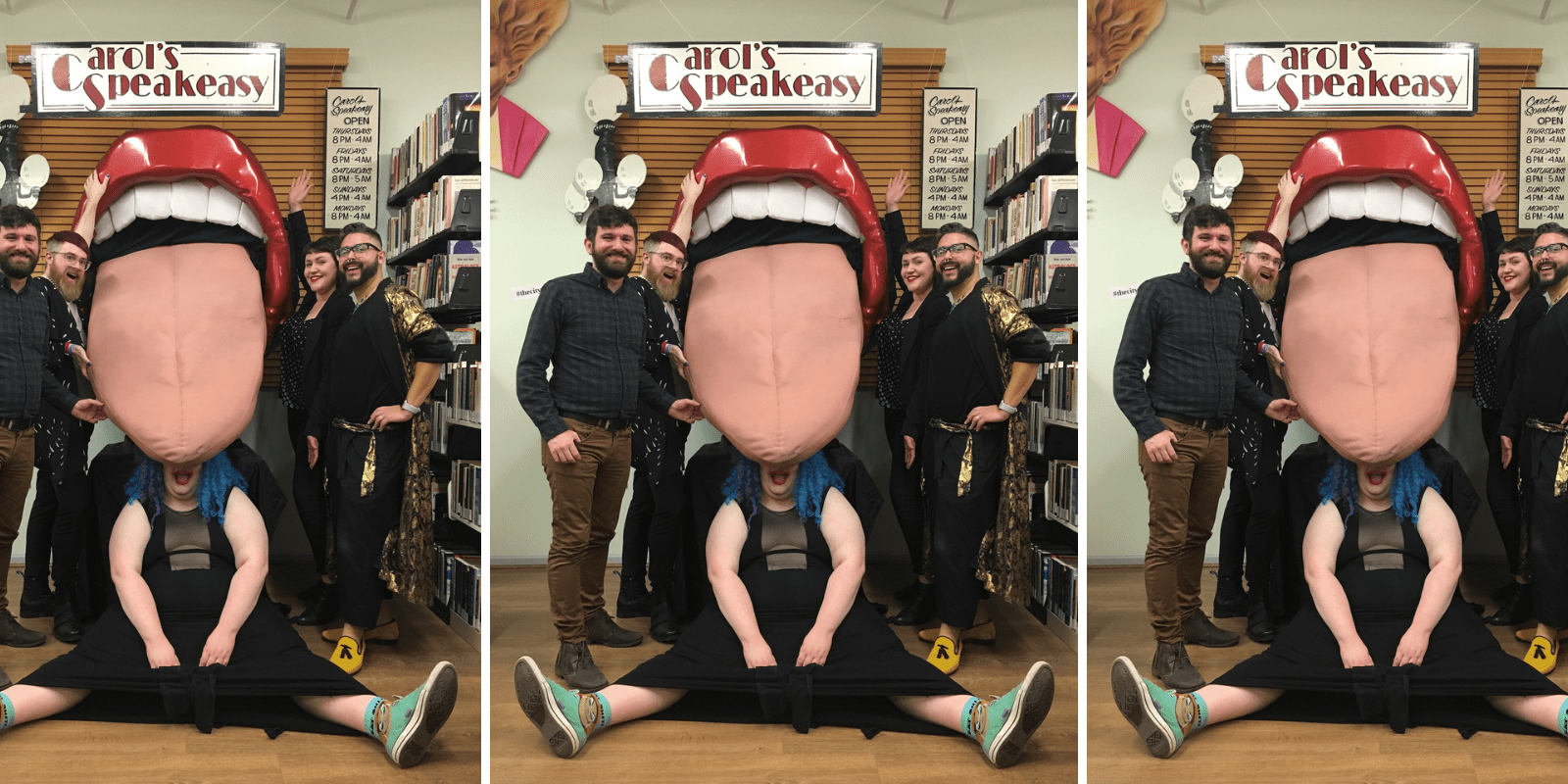
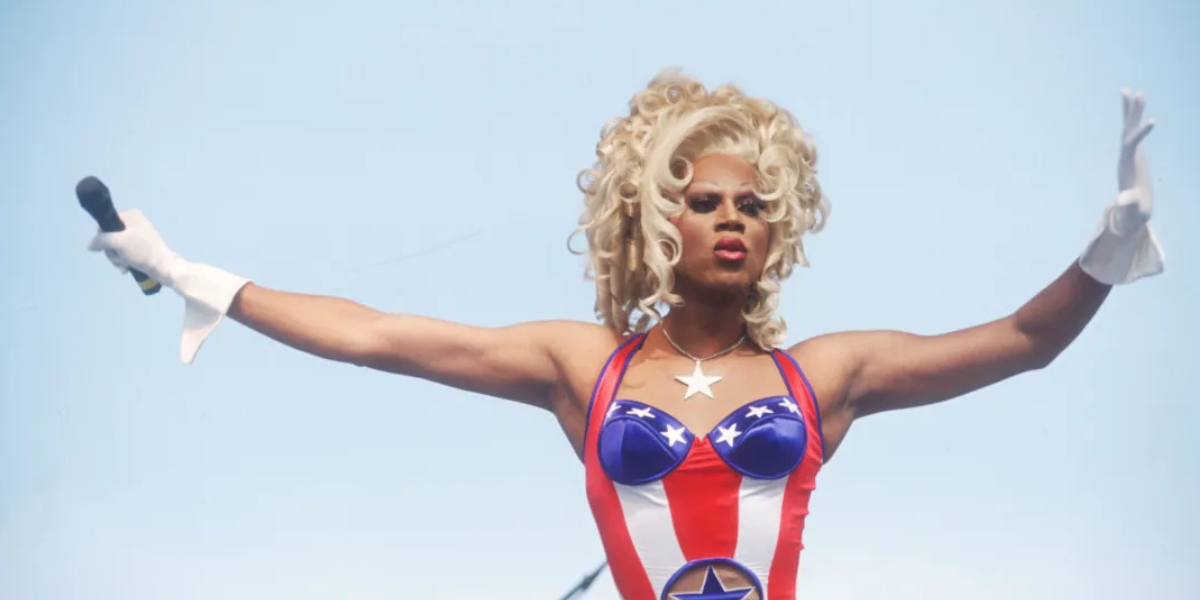
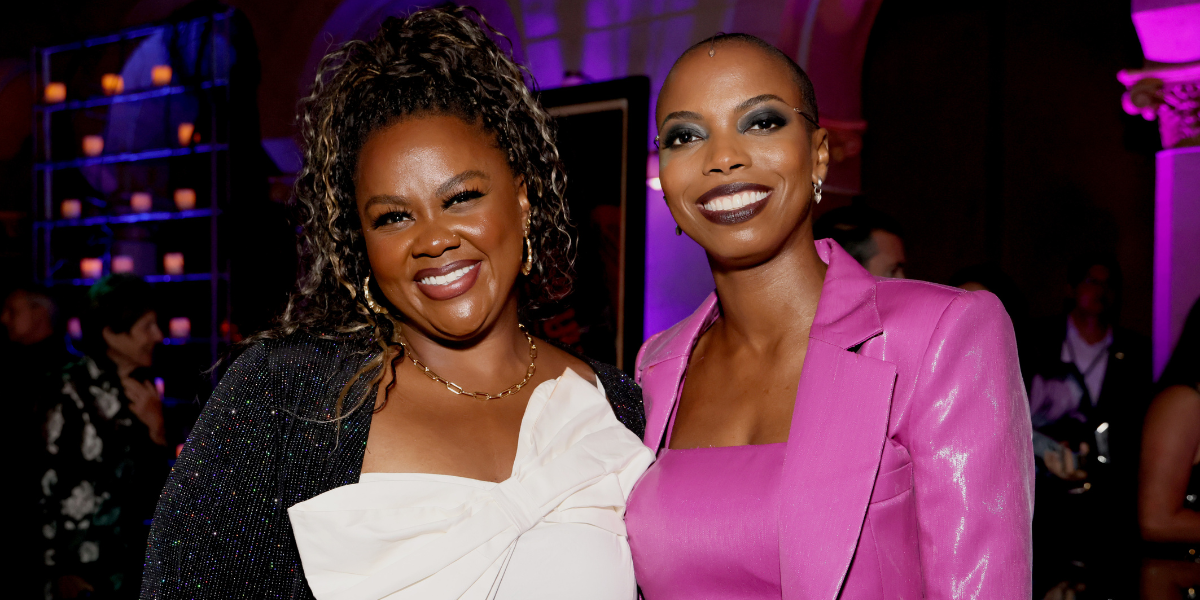
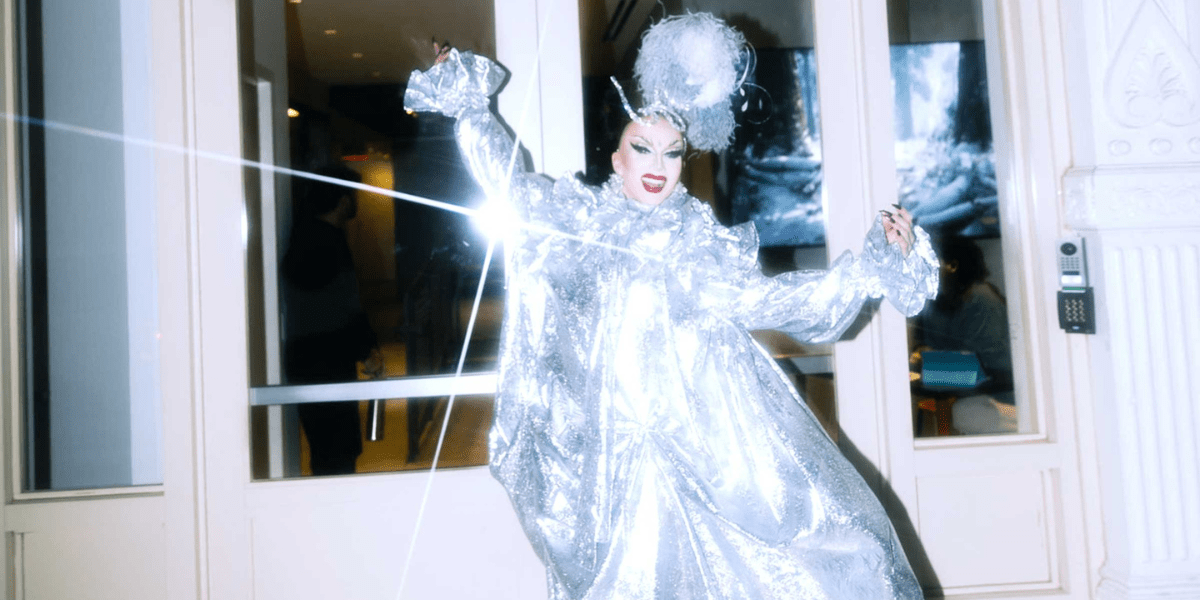
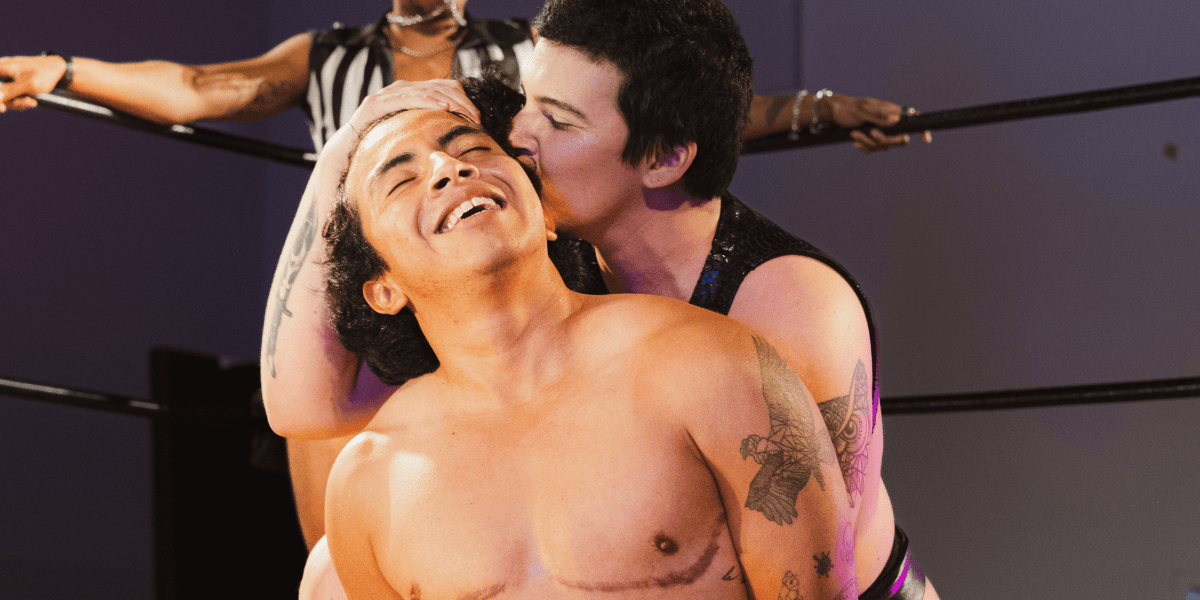
Comments
Oh, these are so good. Thank you for this sidebar!
this is incredible! i love how much the interviewed people love their collections
Awww love it
Amazing